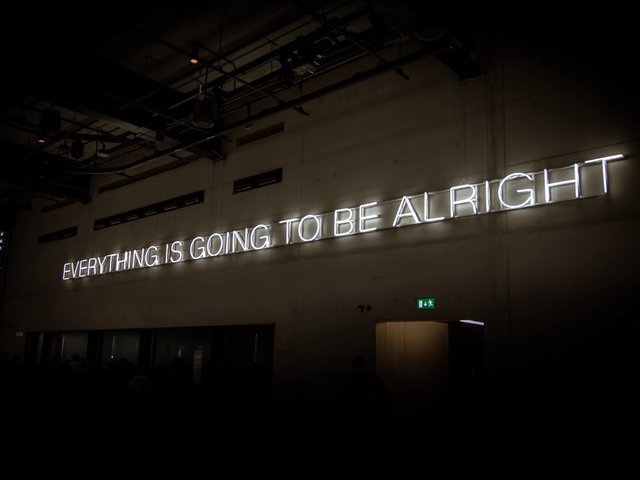Tate has set ambitious targets to increase its ethnic minority visitors by 2010, The Art Newspaper can disclose. In 2006-7, Tate Britain had 49,000 Black and Ethnic Minority visitors (3%), and it hopes to increase this to 5%. Tate Modern had 200,000 ethnic minority visitors (4%), and it too is aiming for a 2% rise.
Using MORI researchers who interview a sample of visitors, Tate monitors individual UK residents aged 17 and over, so the figures exclude children, school groups and foreign tourists. Nationwide, the proportion of the UK population from ethnic minorities is 9%, although the concentration in Greater London is larger.
Last month a Tate spokesperson explained: “It is our ambition to improve the number of Black and Minority Ethnic visitors and we are working on a strategy.” In the current funding agreement with the Department for Culture, Media and Sport, Tate’s Diversity Strategy is described as a “key priority”, although no statistical targets are set.
Tate is using a variety of strategies to increase ethnic minority visitors. For instance, although not yet announced, Tate Britain will next year be holding a major exhibition on “Orientalism” (June-August 2008), following its earlier run at the Yale Center for British Art in New Haven, Connecticut (February-April 2008). It will be accompanied by a contemporary show curated by Rose Issa and Rana Kabbani, and it is hoped that this will draw visitors from North African and Middle Eastern backgrounds.
Tate also wants to increase ethnic minority representation in its work force and on its board. Of Tate’s 735 employees, 65 (10%) are from minorities. But among its 56 curatorial staff and 44 senior managers, none are from the ethnic minorities. This is not the result of discrimination, says Tate, but a reflection of its pool of candidates, and the gallery is anxious to broaden its employee profile. On the board, Indian-born sculptor Anish Kapoor was appointed a trustee in December 2005.


